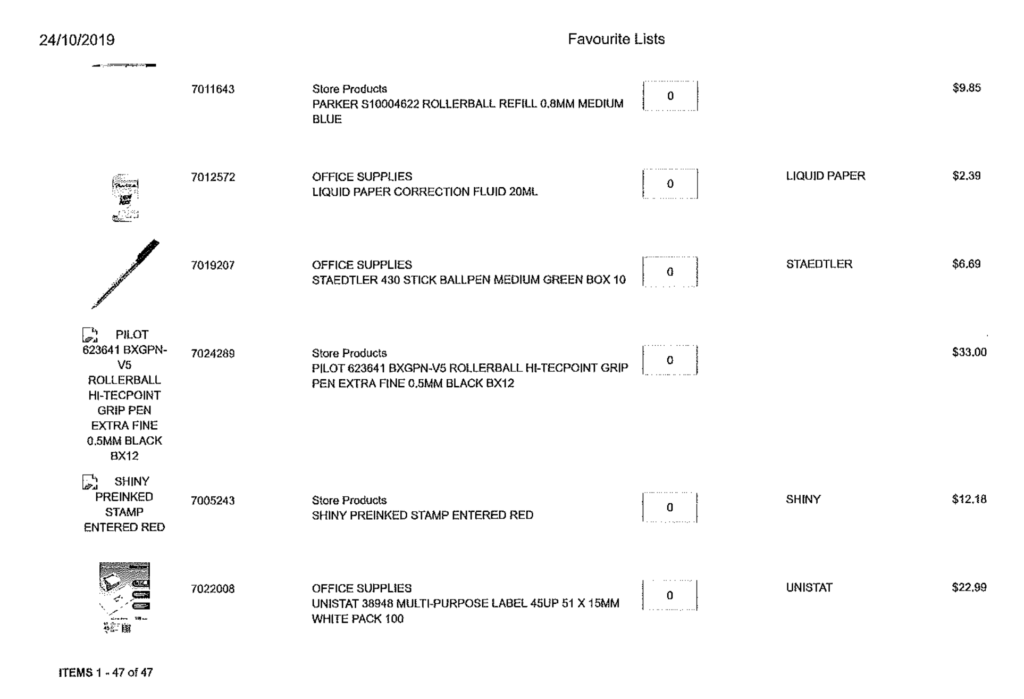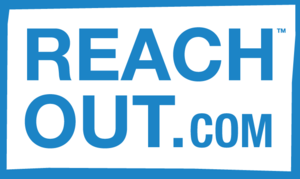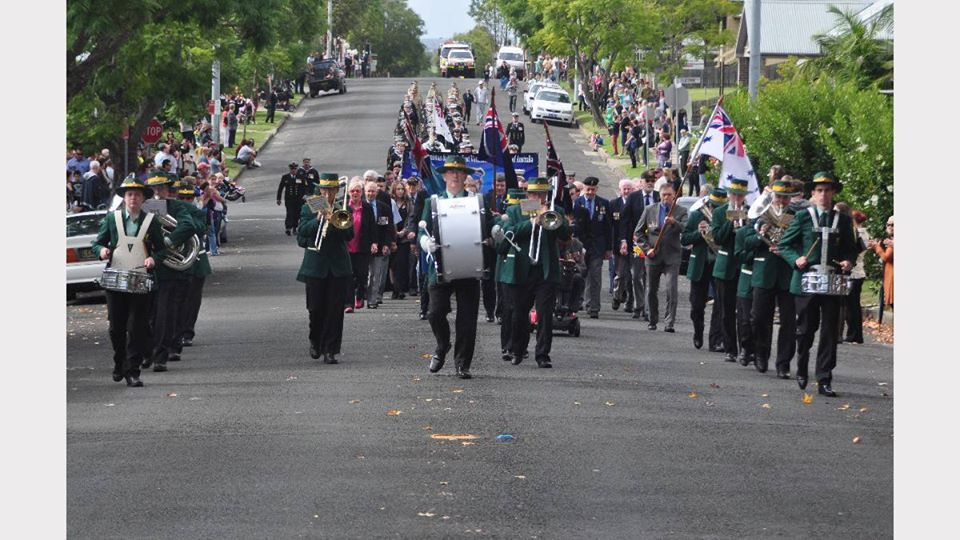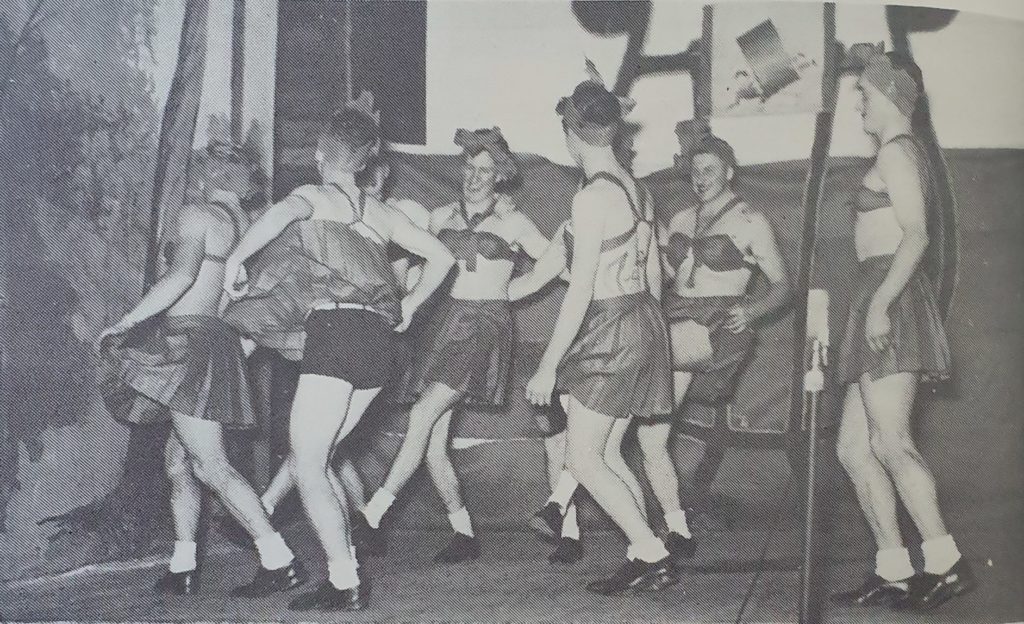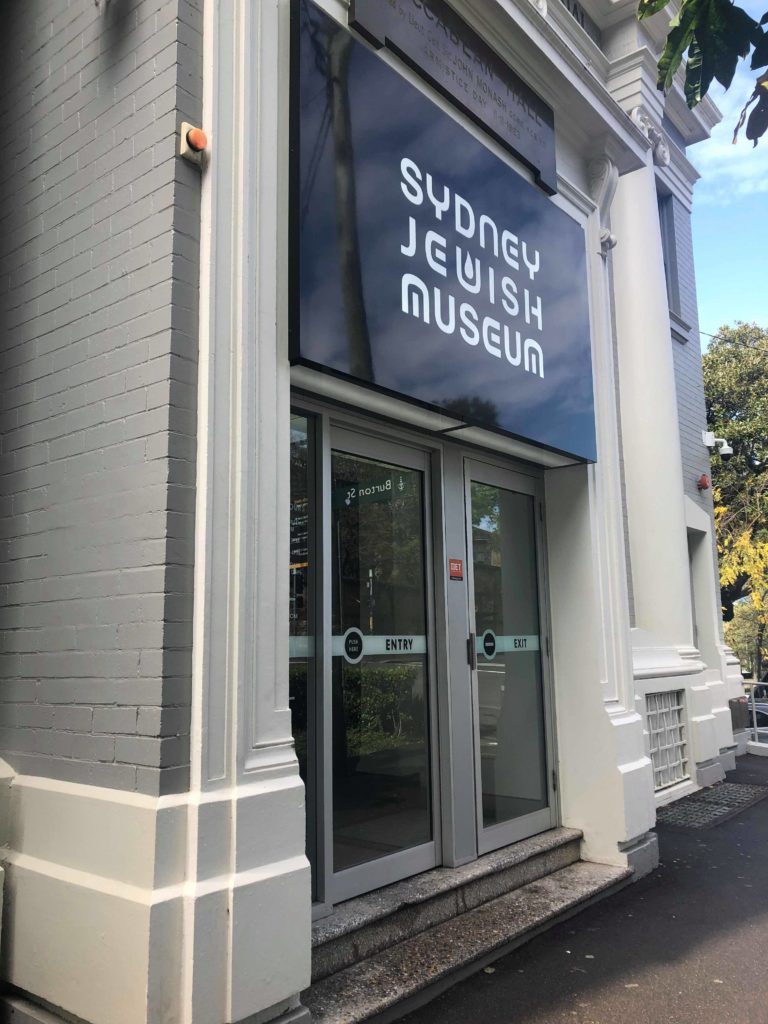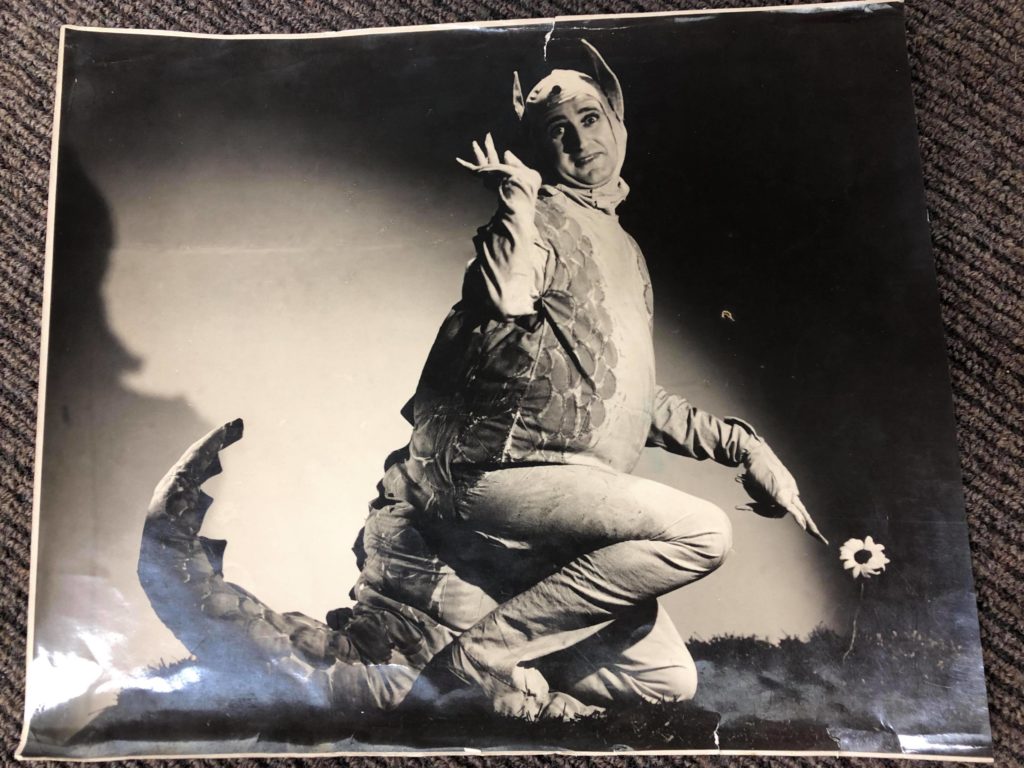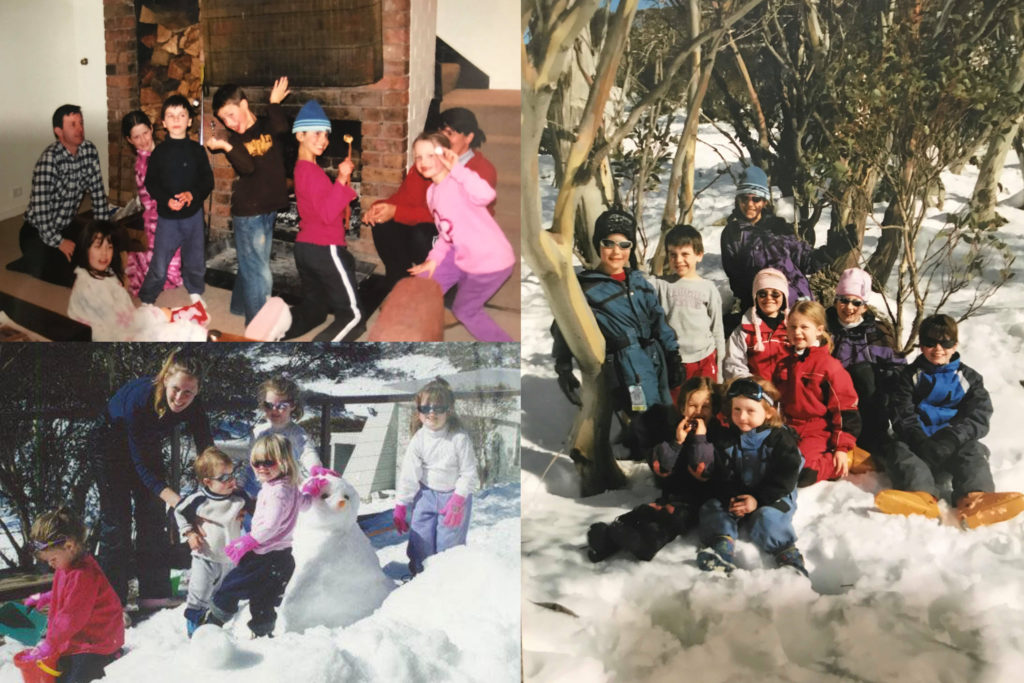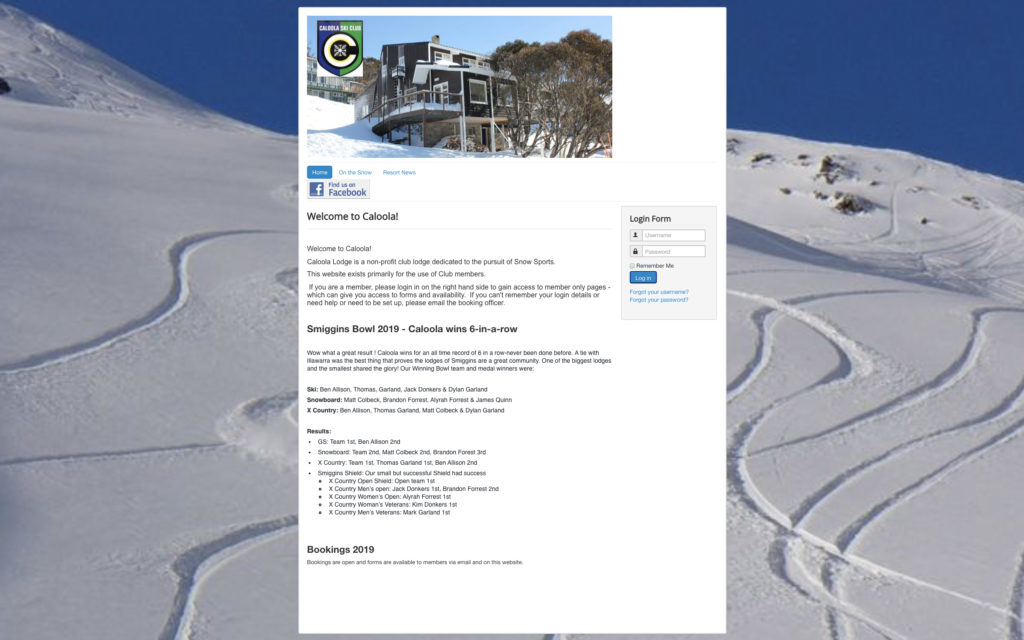Tyler Krantz is documenting his work with the Sydney Jewish Museum for History Beyond the Classroom 2019. Read the other posts in his series here.
This week, I was able to get the museum twice to speak to different staff members. After talking to Naomi who runs operations for the office, I was able to sit down with Aviva who runs the overall operations of the building. She was more environmentally conscious than I would have anticipated. She has timers going for lights in the building, and the majority shut off after hours but still leave dimmed lights for the cleaning staff. All of the materials that she buys in the cafe are recyclable, and she is currently working on bringing in bamboo plates. She also had their counterpart in utensils, but she said she removed them after receiving many complaints about the taste that they would leave behind. We spoke about paper towels in the bathroom and how electric dryers, while they do eliminate paper use, still leave a burden in energy costs. Additionally, paper/recycling was a big topic of conversation. While the museum does recycle all of its paper, there is an issue within the country as recycling is getting tossed as rubbish, since the Chinese will not accept Australia’s recycled materials anymore, so it’s nearly a nuisance at this point.
After our conversation, she introduced me to man named Roy who runs the accounting office. He was able to provide me with invoices of the products that they are buying, which will allow me to compare these products with others that might be more environmentally friendly. I will be able to compare prices and look at the ethics behind these companies as well. Furthermore, I should be able to calculate the amount of paper that they use on a monthly basis, an area that everyone in the office has told me is a huge issue.
Finally, I am going to speak with the IT department later this week to figure out if I could potentially make the backbone of an app that would display a map of the different locations of the museum in order to reduce paper use. As of now, my main project will be a 3-5 year sustainability action plan for the SJM. More to come!

